1. Azo Dyes
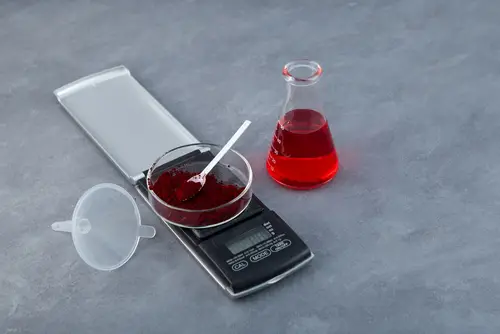
Azo dyes gave foods those neon colors that screamed “modern” in the 1950s. These synthetic colors were cheap and versatile, showing up in everything from sodas to sausages. Later research connected some of them to hyperactivity in children and even carcinogenic effects. Many countries banned them decades ago, though some still linger in the U.S. food supply.
Kids in the ’50s grew up eating brightly colored candies with little idea of the risks. Parents loved the appeal of foods that looked fun and vibrant. Sadly, the price of that fun was exposure to potentially harmful chemicals. Today, the debate about food dyes still isn’t fully settled.
2. Chloroform
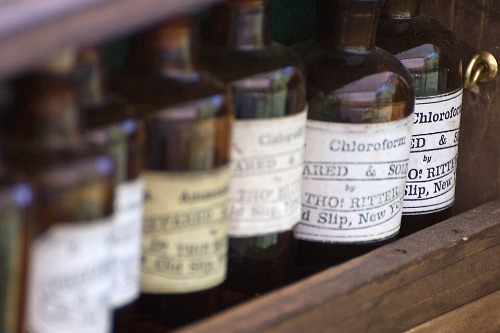
Yes, chloroform wasn’t just in old-timey movies—it was once used as a food additive. In the 1950s, it occasionally flavored certain products, especially beverages. The chemical gave a cooling sensation similar to menthol, which manufacturers thought was appealing. Unfortunately, chloroform was later linked to liver damage, kidney issues, and even cancer.
Most countries now forbid it in foods, and the U.S. followed suit. Looking back, it’s almost unbelievable that something we associate with anesthetics made its way into sodas. It speaks to how loosely regulated food production was. People were more focused on novelty than safety.
3. Cyclamate Sweetener
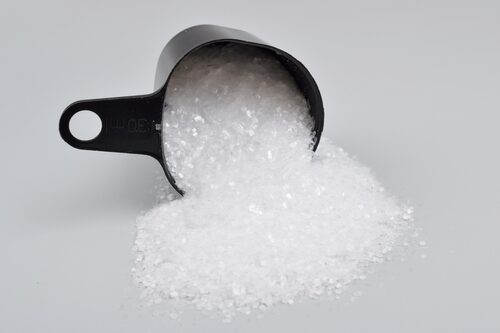
Cyclamate was a zero-calorie sweetener that gave sodas and diet foods their sweetness in the ’50s. It was especially popular in the original versions of diet colas, which were marketed as healthier alternatives. The problem? Studies suggested cyclamate could be linked to cancer and genetic damage in lab animals.
While the U.S. banned it in 1970, many European countries and others around the globe had already turned away from it. Ironically, it’s still legal in some places outside the U.S. today. People in the ’50s thought they’d discovered a guilt-free sugar substitute, but the risks outweighed the benefits. It’s a classic case of technology outpacing safety testing.
4. BVO (Brominated Vegetable Oil)
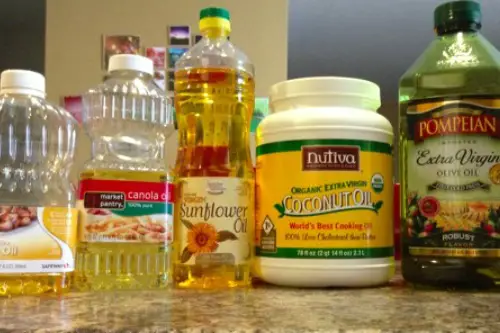
BVO became a go-to ingredient in soft drinks in the mid-20th century. It helped keep citrus flavors evenly distributed, so your orange soda didn’t separate. The downside is that it contains bromine, the same chemical element found in flame retardants. Over time, bromine can accumulate in human tissue and potentially harm the nervous system.
Countries like Japan and those in the European Union banned it decades ago. The U.S. dragged its feet, and BVO continued popping up in sodas for years. By the ’50s, Americans guzzled it without knowing the risks. Only recently has the FDA moved toward eliminating it completely.
5. Aldicarb

This one’s not something you’d find listed on a candy wrapper but rather in produce from the 1950s. Aldicarb was a pesticide used on crops like potatoes and cotton. While effective against pests, it was also highly toxic to humans. Ingesting it could cause nausea, dizziness, or worse.
Other countries banned it long before the U.S. began phasing it out. By the time Americans realized the risks, many had already been exposed through their food. The ’50s were all about maximizing yields, sometimes at the expense of health. It’s a sharp reminder that what grows on your plate isn’t always harmless.
6. Potassium Bromate
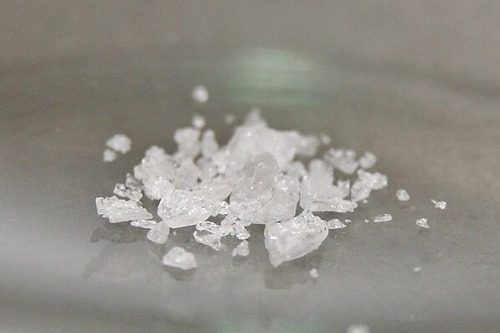
Potassium bromate was common in breads and baked goods during the 1950s. Bakers loved it because it strengthened dough and made loaves rise higher. It seemed like a miracle additive in the booming age of convenience foods. The problem? It’s now known to be a potential carcinogen.
Countries like Canada, the U.K., and Brazil banned it decades ago. Yet Americans were unknowingly eating it for years in their morning toast. The convenience craze of the ’50s blinded people to the idea that not all shortcuts are safe. It’s one of the clearest examples of science catching up to marketing hype.
7. Formaldehyde
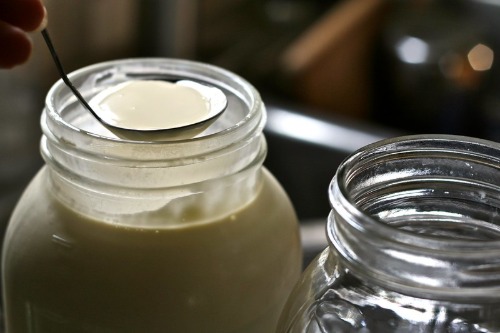
Believe it or not, traces of formaldehyde showed up in food products in the ’50s. It was sometimes used as a preservative, especially in meats and milk. While it did keep products fresher for longer, it’s the same chemical used in embalming fluid. Formaldehyde exposure has been linked to cancers and respiratory issues.
Many countries have long since banned its use in food, but Americans once ate it unknowingly. The idea of embalming fluid in your lunchbox sandwich is enough to make anyone shudder. Still, in the ’50s, longer shelf life was a bigger selling point than safety. It’s one of the more stomach-turning chapters of food history.
8. Olestra (Olean)
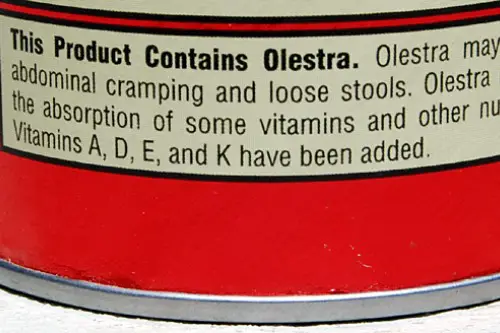
Though more of a latecomer, Olestra hit its stride when it was marketed as a fat-free miracle in snack foods. It wasn’t digestible, so chips made with it technically had zero fat calories. The catch? It caused serious gastrointestinal issues, politely advertised as “anal leakage.” Countries outside the U.S. quickly banned it, citing health concerns.
But back in its earlier testing phases in the ’50s and onward, food scientists thought they had struck gold. The promise of guilt-free eating outweighed the embarrassing side effects for a while. Americans learned the hard way that “too good to be true” often is. Olestra is now a cautionary tale about miracle ingredients gone wrong.
9. Lead-Based Additives
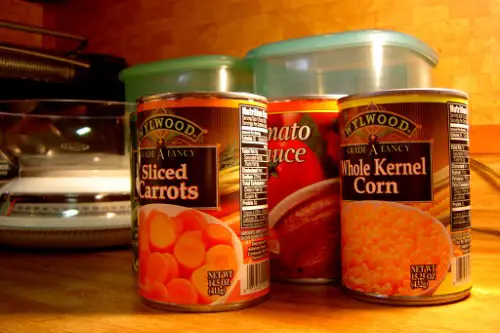
In the 1950s, lead showed up in surprising places, including canned foods and even certain food dyes. Lead compounds helped stabilize colors and extend shelf life. At the time, the dangers of lead weren’t fully appreciated by the public, even though scientists had been warning about them. Exposure is now known to damage the brain and nervous system.
Most of the world banned lead in food products long ago. Still, the ’50s generation grew up around it more than we’d like to admit. It’s unsettling to imagine kids eating brightly colored candies laced with a neurotoxin. This is one example where convenience clearly overrode common sense.
10. DDT
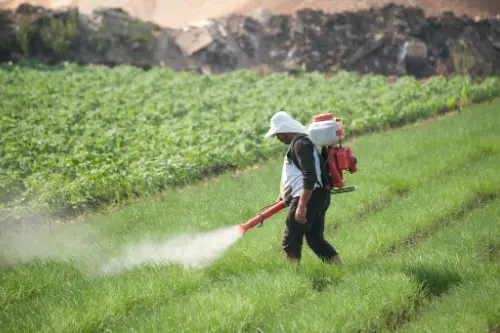
DDT wasn’t in foods directly, but it coated much of the produce Americans ate in the 1950s. The pesticide was widely sprayed on crops, lawns, and even inside homes. People thought it was a miracle against insects, but it lingered in the environment and built up in food chains. Eventually, it was linked to cancer and reproductive harm.
While the U.S. banned DDT in the 1970s, other countries moved faster. Its persistence in soil and water meant generations lived with exposure. In the ’50s, though, the sleek marketing of “better living through chemistry” overshadowed warnings. DDT stands as a poster child for dangerous shortcuts.
11. Rennet from Calves’ Stomachs Treated with Hazardous Chemicals
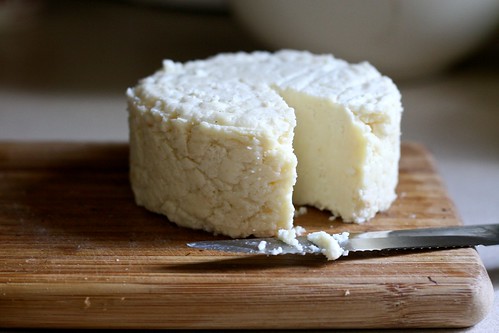
Cheese-making in the ’50s sometimes used rennet extracted with harsh solvents. The enzymes themselves weren’t the problem—it was the chemical processing. This left residues in cheese that didn’t exactly belong in food. Today, safer microbial or vegetable rennets have replaced the old practices.
Back then, though, consumers had no clue how their cheddar got to the table. It’s one of those “out of sight, out of mind” stories. Other countries cracked down on the harsher chemical extractions much earlier. Americans, meanwhile, just enjoyed their grilled cheese sandwiches in blissful ignorance.
12. Red Dye No. 2
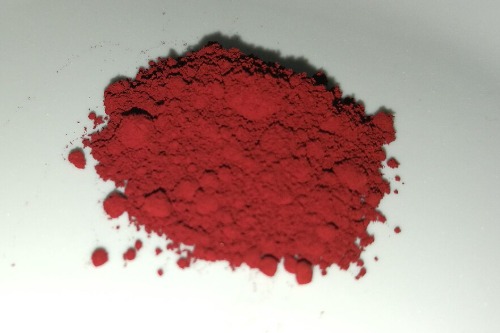
Back in the ’50s, bright red foods were everywhere—think candies, fruit cocktails, and even meats made to look fresher than they were. The magic behind that color was Red Dye No. 2, also known as amaranth. It gave foods that pop of vibrancy people loved, but researchers later linked it to possible carcinogenic effects. By the mid-1970s, the U.S. finally banned it, though many countries had already done so.
It’s wild to think that everyday kids’ snacks in the ’50s had a chemical now considered too risky. Americans didn’t question much then, especially if the food looked more appealing. Other synthetic dyes like Red Dye No. 40 replaced it, but the mistrust lingered. Today, you’ll rarely find people nostalgic for its specific shade—just for the foods it colored.
This post 12 Ingredients Americans Used in the ’50s That Are Banned in Most Countries was first published on American Charm.


